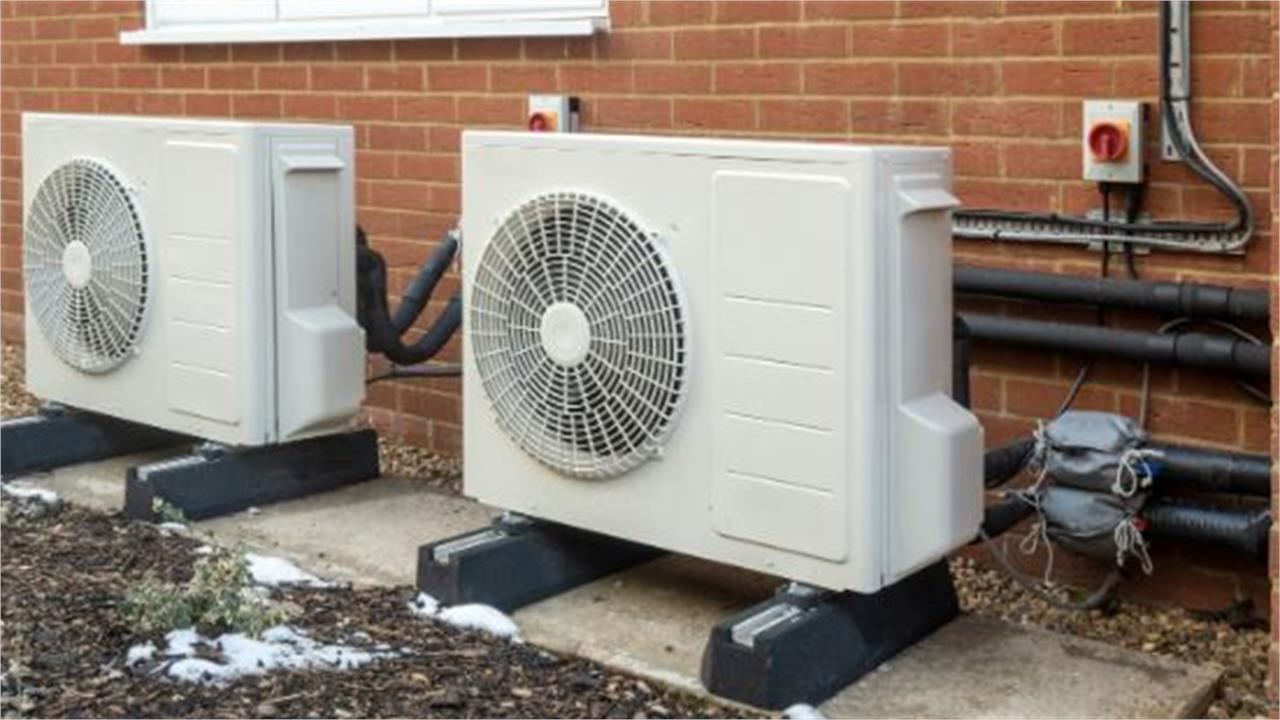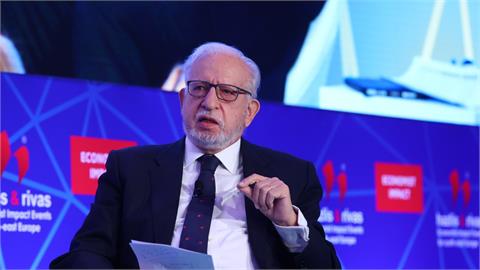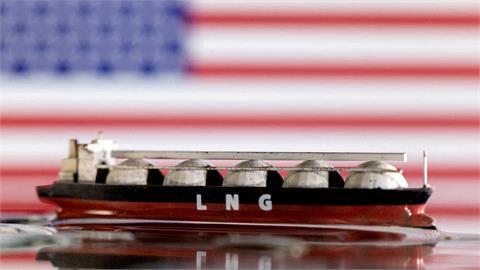In view of the forthcoming Workshop convened by the Institute on “Heat Pumps and Applications in Buildings” to take place at the Technical Chamber of Greece on April 2 (here), IENE has prepared a special report explaining the basic principles of HP’s, latest technological developments, and their role in Energy Transition.
Authored by Costas Theofylaktos, a mechanical engineer, Chairman of IENE’s Energy Efficiency Committee a d Secretary General of the Institute, this detailed report starts from basic definitions and goes on to compare a conventional heating and cooling system with a standard heat pump, and then to discuss a number of technical issues including the use of refrigerants used in the actual Heat Pump.
The report, which you may find (here), discusses the advantages of using Heat Pumps in order to reduce CO2 emissions, their disadvantages on account of their still high cost, their applications in buildings and the policies now being advanced by governments and international organizations for promoting the use of Heat Pumps as a safe and reliable way of making buildings and enterprises less carbon intensive. In its final chapter the report analyses the Greek government’s plan for subsidizing the conversion and upgrading of buildings, under the “Exoikonomo” programme, and how Heat Pumps can be integrated in the various actions financially supported by the Programme.




